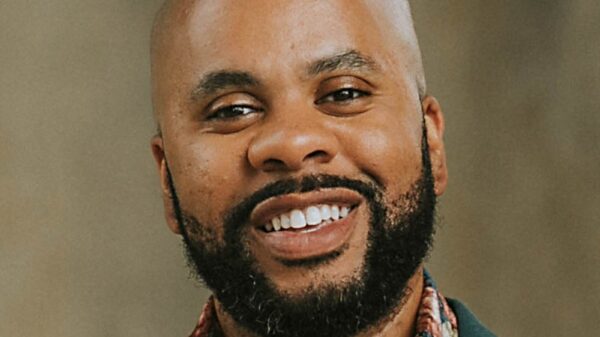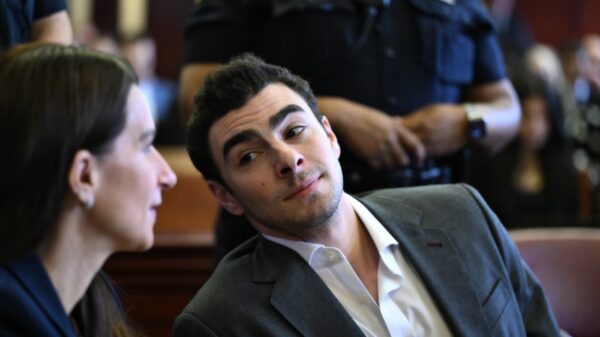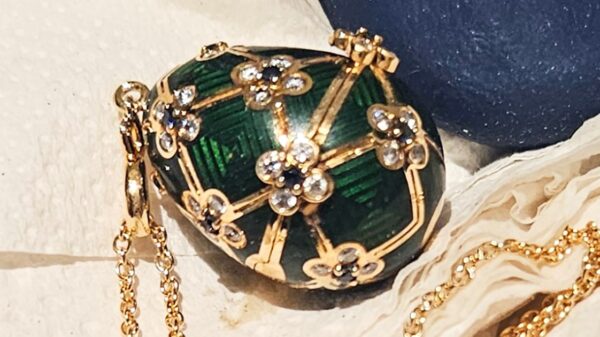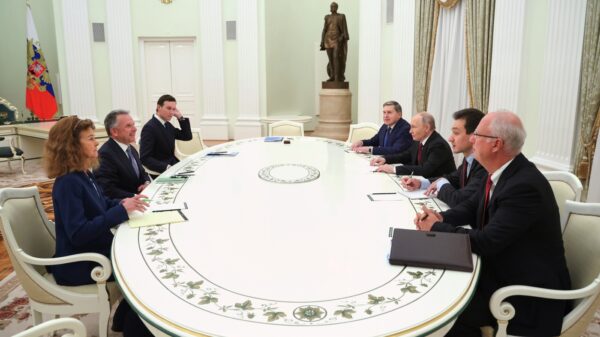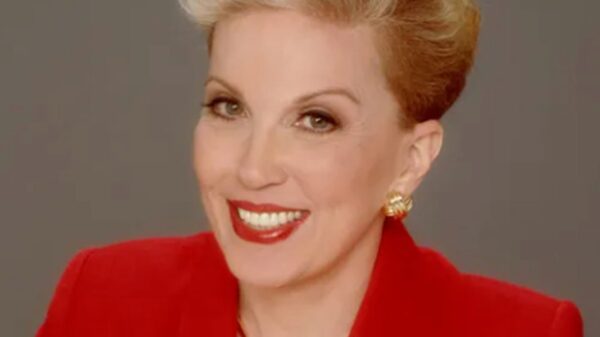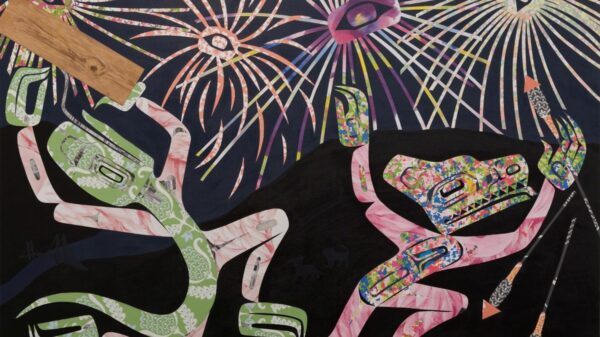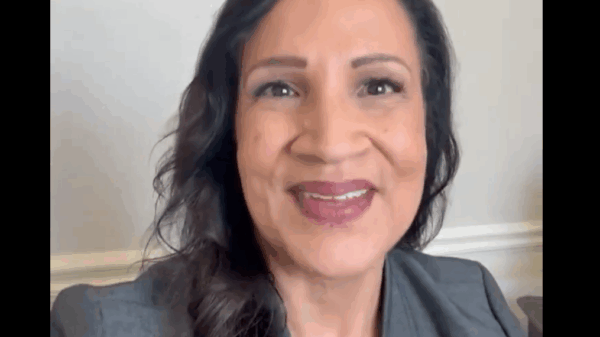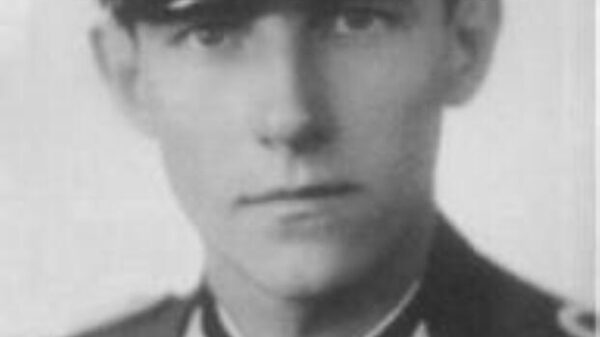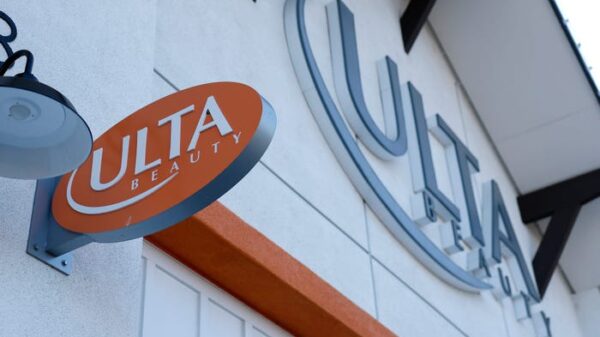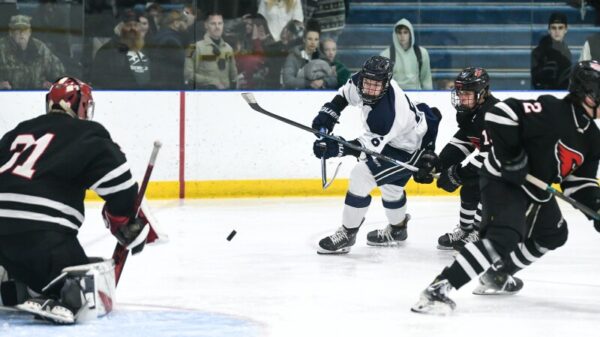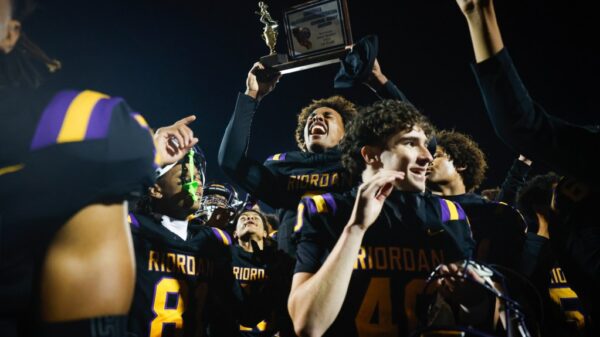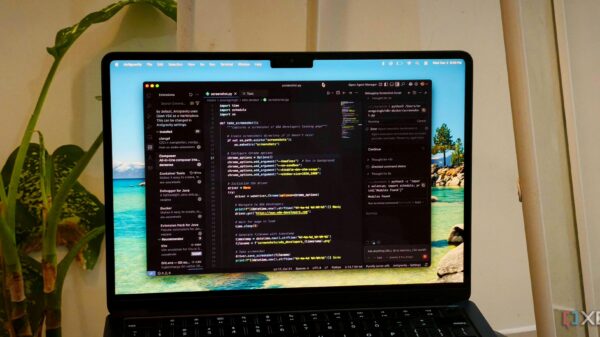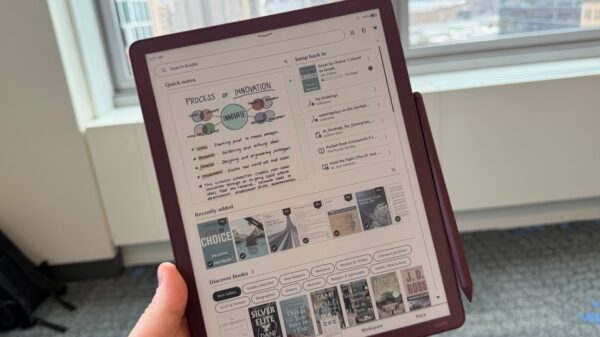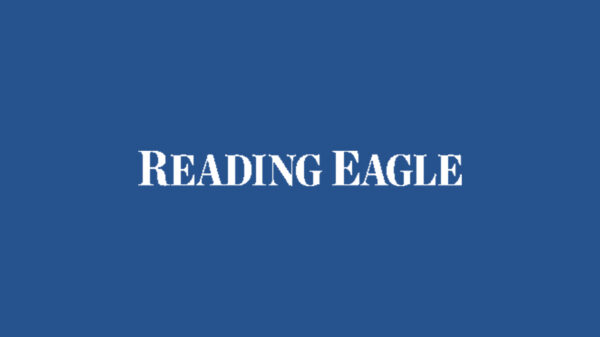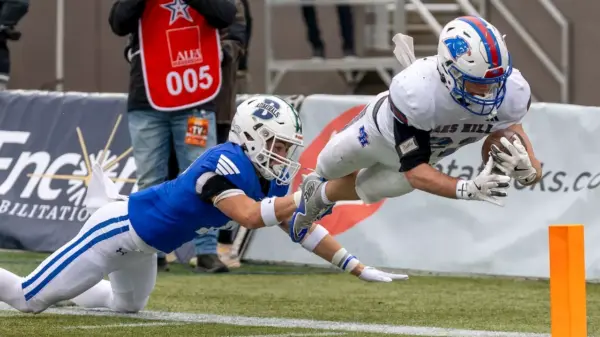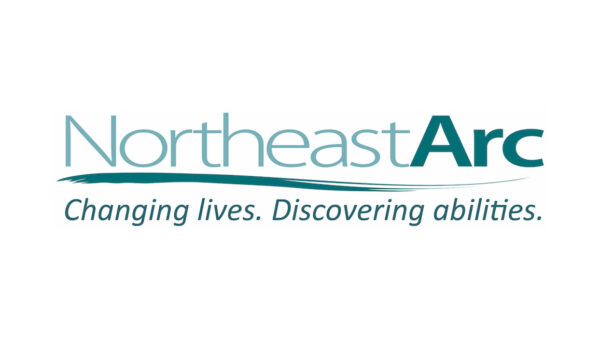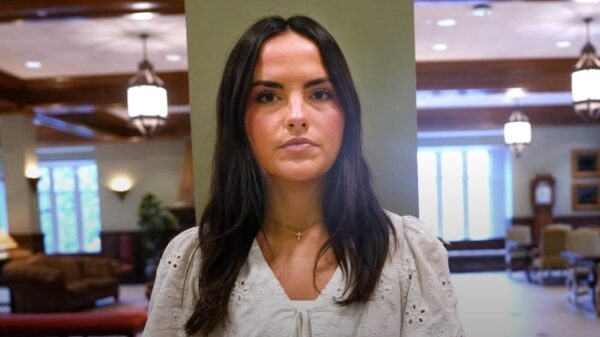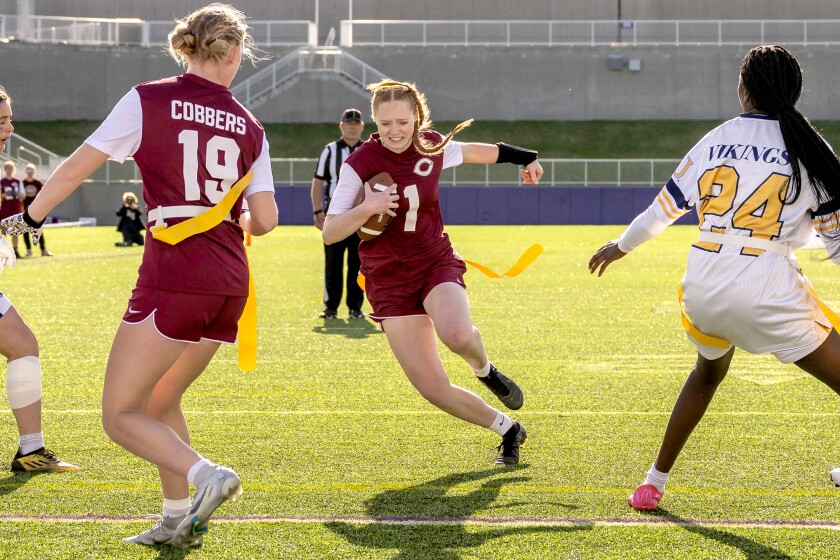MOORHEAD — The growth of women’s flag football is gaining momentum, with the Concordia Cobbers at the forefront. Former Cobber women’s soccer player Emily Larsen recently took to the field for the Cobbers’ women’s flag football team, participating in the inaugural Minnesota Vikings college women’s flag football league. “It’s so exciting because football, I feel like, is so predominantly male-focused,” Larsen explained, highlighting the significance of providing opportunities for girls in a traditionally male-dominated sport.
As the Cobbers prepare for their second season, Rachel Bergeson, Concordia’s athletic director, confirmed that plans are underway. She noted that the deadline to opt into the upcoming season is December 22, following a productive conference call with the Vikings. Bergeson also serves on the advisory council for the Midwest Women’s College Flag League, where the Vikings play a crucial role. “The Minnesota Vikings are really what helped us get this off the ground as quickly as we did,” she stated.
The Vikings contributed $140,000 to support the league and the participating teams, making it possible for the Cobbers to join six other teams in the Midwest league last spring. The Cobbers participated in two jamborees and the championship tournament held at the Vikings’ TCO Stadium in Eagan, Minnesota. “It was one of the best experiences that I’ve had, and I’m happy that it’s growing and more people are able to do it now,” Larsen noted, expressing her enthusiasm for the sport’s expansion.
Looking ahead, Bergeson expects more than 10 teams to compete in the upcoming spring season. Recently, the College of St. Benedict announced its intention to launch a women’s flag football team, planning to make a formal announcement on October 25 during halftime of a St. John’s football game. The growing interest in women’s flag football is evident, with teams like Augsburg, Augustana University, Concordia, Gustavus, Bethel, the University of Northwestern, St. Paul, and Wisconsin-Stout also participating last spring. Wisconsin-Stout emerged as the championship winner.
Bergeson observed a significant increase in interest among college programs in Minnesota. “We’ve seen a big jump in interest from last year to this year in college programs in the state of Minnesota,” she remarked. The involvement of the Minnesota Vikings has elevated the experience, particularly during the championship weekend at TCO.
Larsen, whose father is Matt Larsen, athletic director at North Dakota State, has been immersed in college football from a young age. After concluding her four-year women’s soccer career at Concordia last fall, she eagerly embraced the opportunity to play flag football. “I didn’t go into it with any crazy expectations,” she shared. “I’m an athletic individual and like to be involved in things, especially when it comes to being competitive.” Emily plans to continue playing for the Cobbers in the second season while enrolled in graduate school next spring.
The Cobbers had 18 players on their roster last season, playing in a 5-on-5 format. The league is considering a shift to 7-on-7 for the upcoming season, but that decision is yet to be finalized. Bergeson emphasized that flag football is not only growing at the college level but is also expanding at the high school level in Minnesota.
Flag football is set to become an Olympic sport at the 2028 Summer Games in Los Angeles, which could further boost its popularity. Bergeson mentioned that the NCAA is expected to vote in January on the possibility of recognizing women’s flag football as an emerging sport. “That starts the process to establish legislation,” she explained, emphasizing the importance of this potential milestone. Currently, the NCAA does not sponsor women’s flag football, but a successful vote could pave the way for its formal inclusion.
As interest in women’s flag football continues to rise, the Cobbers and their partners are leading the charge, creating new opportunities for female athletes in a sport that is experiencing a transformative moment.


